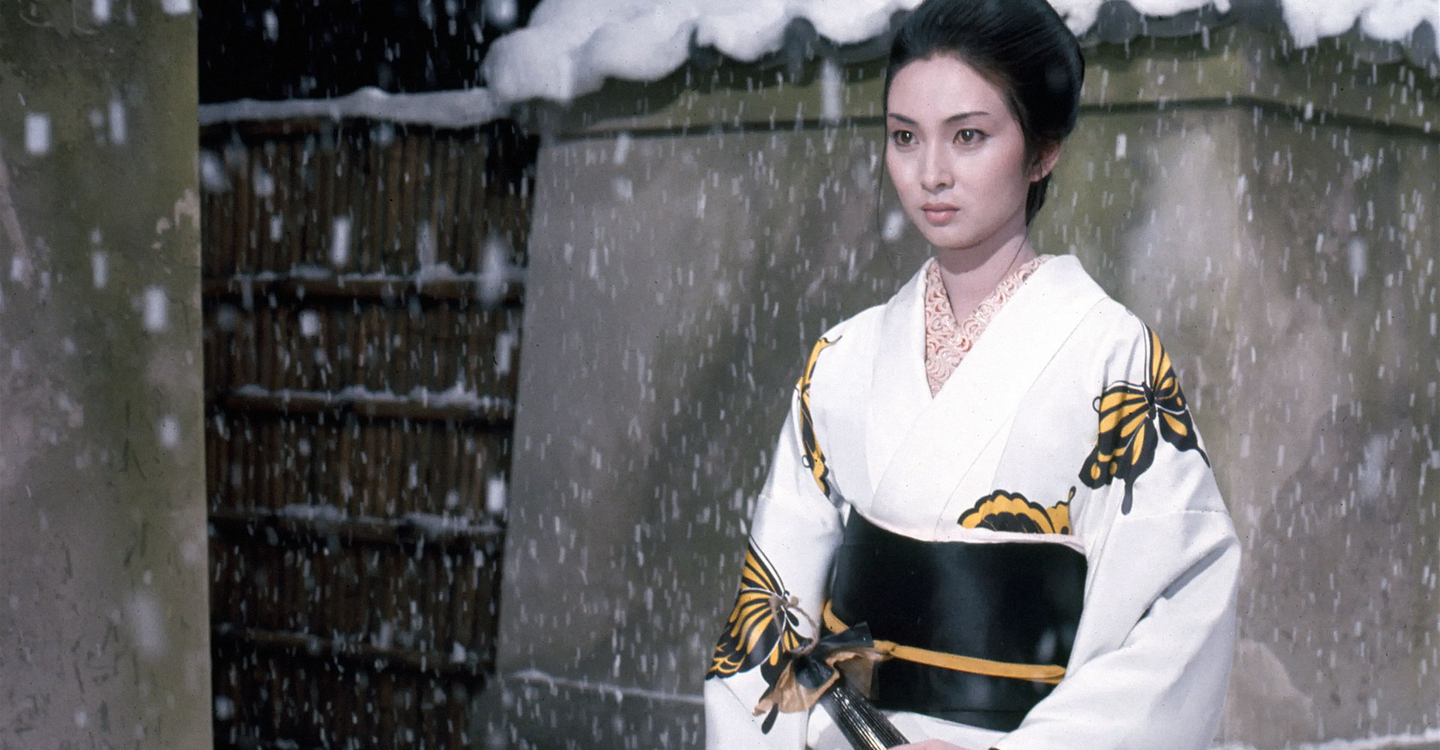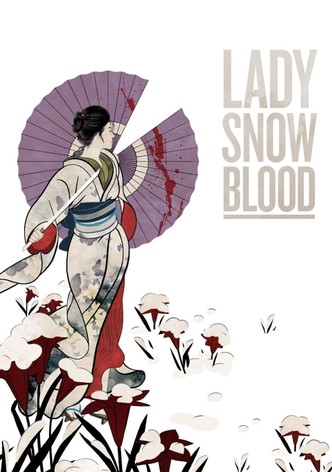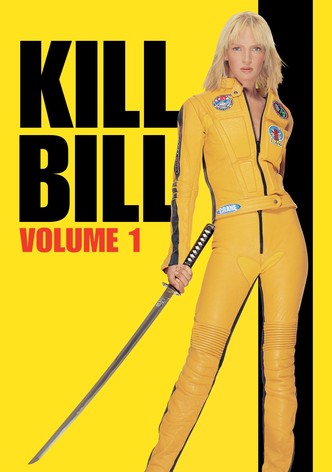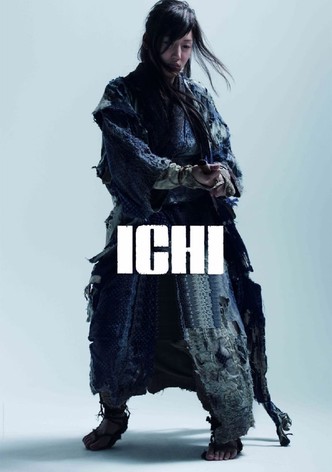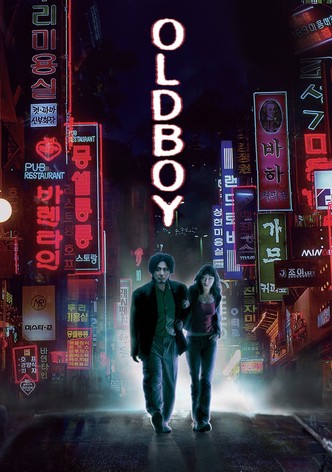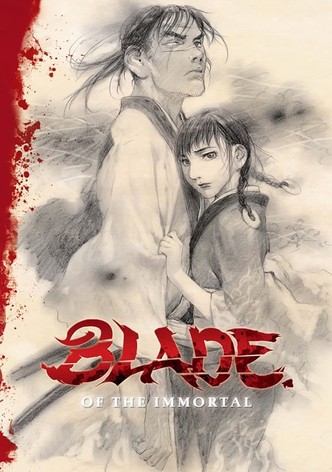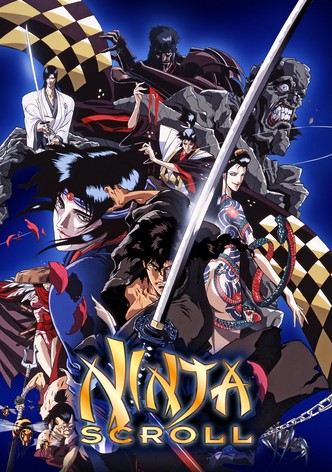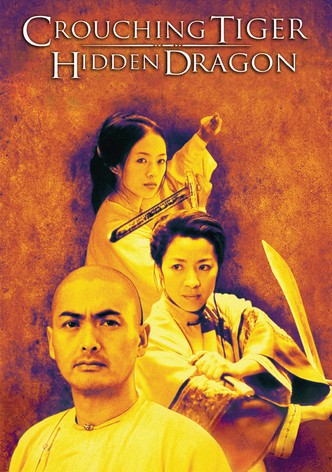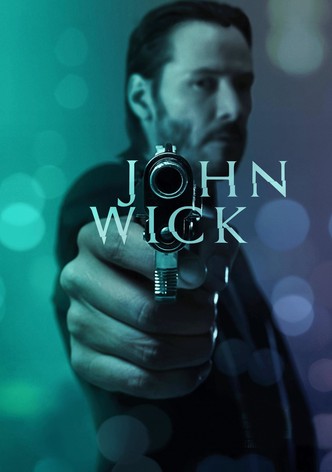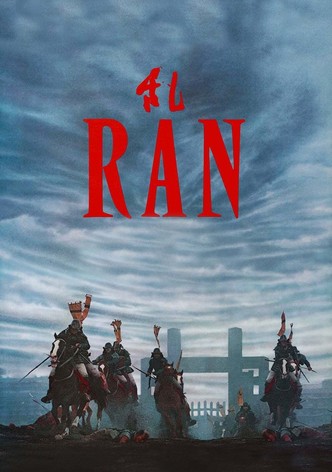Sony has had a quiet year for the PS5. While it had a few major exclusive games come out toward the beginning of the year, like Death Stranding 2: On the Beach, its sole big holiday release is Ghost of Yotei. Sucker Punch’s follow-up to Ghost of Tsushima delivers even more beautifully rendered samurai action, but it also paints a story of revenge against several colorful foes that’s both equally satisfying and exciting. In an already packed year for video games, calling it a Game of the Year contender is no small feat.
But what if you rolled the credits for Ghost of Yoeti, and you want more? If you have that thirst for vengeance, then there are plenty of options for you to choose from, and we here at JustWatch are here to help. These 10 movies all hit the same notes and beats as Ghost of Yotei, and here’s why you should watch them on Prime Video, Kanopy, and more.
Lady Snowblood (1973)
One of the most defining aspects of Ghost of Yotei is undoubtedly the protagonist, Atsu. It’s not common to see a woman go on a blood-soaked quest for vengeance, but it has been done before. Case in point, Lady Snowblood.
Lady Snowblood is THE female samurai action film. For much of the film’s 93-minute runtime, Yuki single-mindedly tracks down her mother’s rapists and murders them in cold blood. It takes a lot of inspiration from Kurosawa's samurai films like Yojimbo (1961), but it has a distinct air of bitterness and rage that feels more in touch with Female Prisoner Scorpion: #701 (1972). Thanks to the way the film presents Yuki and the story of her mother, Sayo, that rage is fully justified and easily understandable. That leads to some especially bloody kills and seeing Lady Snowblood elegantly live up to her own name. Lady Snowblood is an easy recommendation, not only if you loved Ghost of Yotei, but if you enjoy female-led action movies.
Kill Bill Vol. 1 (2003)
While most of Ghost of Yotei is set in the 17th century, the action setpieces all have modern sensibilities and a flair for the dramatic, which makes Kill Bill Vol. 1 a great supplement for your adventures through Ezo.
Sporting another strong female protagonist out for revenge, Kill Bill Vol. 1 opts to present its action as excessively violent, but slick as hell. Director Quentin Tarantino channels that same grindhouse energy from Natural Born Killers (1994) into a movie that is singlemindedly focused on setting up its climax to be as explosive as possible. Swords fly, goons are slaughtered, and lovers of old-school Kurosawa action movies will be in heaven. There is a plot to Kill Bill Vol. 1, but most of the details are kept for the second half. If you just want to see a bloody spectacle, Kill Bill Vol. 1 is your jam.
Kill Bill Vol. 2 (2004)
While Kill Bill: Vol. 1 spent most of its time showcasing its stunning samurai-inspired action, Kill Bill Vol. 2 opts to go an entirely different route. There’s still violence, but this film is more interested in exploring the Bride’s motivation for revenge and fleshing out the film’s antagonists, The Deadly Viper Assassination Squad.
Much like Ghost of Yotei’s Yotei Six, The Deadly Viper Assassination Squad all have their own motivations and goals and are only loosely associated with each other. They still are a unit, and while their personal differences may get in the way of staying united, each of them are delectable individual antagonists. Tarantino is great at crafting delicious scumbags, and if you love detestable villains like Mr. Blonde from Reservoir Dogs (1992) and Calvin Candie from Django Unchained (2012), and you somehow haven’t seen Kill Bill Vol. 2, fix that ASAP. You’ll learn to hate the Black Vipers just as much as you hate the Yotei Six.
Ichi (2008)
While on the subject of badass heroines, it would be a disservice not to mention Ichi and how its female lead, the eponymous Ichi, delivers some of the best samurai action of the 21st century. While the film isn’t focused as much on revenge, Ichi spends much of its two-hour runtime driving home how this is a very different kind of samurai movie. Ichi isn’t killing bandits out of some desire to avenge her family like Atsu is, but rather, to find out where her father is.
She’s accompanied by a middling samurai named Toma, but the relationship between the two of them is the film’s greatest asset. Much like the dynamic that develops between the eponymous samurai in Seven Samurai (1954), or even Atsu’s relationship with the Wolf Pack, we genuinely grow to care about Ichi’s traveling compatriot and his courageous actions in the film’s finale. If you want a samurai movie with heart as well as stylish action, Ichi will satisfy you.
Oldboy (2003)
Ghost of Yotei is a story of revenge, and the game often discusses how complex such a motivation can be. Likewise, Oldboy is a multifaceted thriller not only because of how it depicts revenge, but how it also feels like a mystery.
In Ghost of Yotei, we know the exact whos, whats, and whys of Atsu’s motivation. Not so with Dae-su. We, much like our lead, are left in the dark as to why he was imprisoned for 15 years, which instantly endears us to him. We want answers too! The mystery angle may be familiar to those who have seen Memento (2000) or Memories of Murder (2003), but when combined with the disturbing amount of violence of Oldboy, it creates a memorable viewing experience. The hallway scene alone is one of the best action scenes ever put to film, so if you’re pining for a revenge thriller that isn’t afraid to show how awful people can be, Oldboy will deliver and then some.
Blade of the Immortal (2017)
In Ghost of Yotei, there’s a certain myth surrounding Atsu. She’s considered a nigh invincible killer, and the average bandit will run at the thought of encountering the Ghost of Yotei. While the truth is she’s a mortal just like anyone else, what if she were as unkillable as the myths surrounding her were? Well, then you would get Blade of the Immortal.
Takashi Miike is no stranger to action, and creating a film with an immortal protagonist allows him to design creative fight scenes. Taking inspiration from films like Highlander (1986) and Deadpool (2016), Blade of the Immortal knows how to keep its fight scenes exciting even if our main character can’t technically die. While Blade of the Immortal is a samurai movie, it’s an action movie first. The gore is plentiful, the weapons are outlandish, and while it’s never borderline comedic like in a Tarantino movie, it comes pretty close. If you want a dash of supernatural in your samurai film, then start watching Blade of the Immortal.
Ninja Scroll (1993)
Anime and video games tend to go hand in hand. Most action games feature a wide variety of powers and abilities that are totally outrageous, and the same goes for any action anime. If you want to watch a samurai anime that has grounded, yet wacky abilities like in Ghost of Yotei, then give Ninja Scroll a shot.
For 94 minutes, we follow a group of swordsmen and ninja who, like Atsu, are on a quest to defeat an evil group of samurai and warlords. The difference between them is that Ninja Scroll is all about style over substance, and it revels in it. The fight scenes are gloriously over the top and are so well animated you can’t help but appreciate how much effort went into making its violence look as polished as it is. There’s not much in the way of story, making it more akin to anime like Ninja Kamui (2024) than Sword of the Stranger (2007), but it never stops being entertaining. Sometimes you want a grounded samurai movie, and sometimes you want to see one where a samurai turns into a rock monster and gets vivisected.
Crouching Tiger, Hidden Dragon (2000)
Video games are cartoonish, and action games rarely, if ever, try to ground themselves believably. There’s a heightened realism with each fight, and while I don’t think anyone would ever call Crouching Tiger, Hidden Dragon realistic by any definition of the word, it’s just as fun as watching a video game.
Thanks to some impressive stunt work and its Oscar-winning cinematography and art direction, Crouching Tiger, Hidden Dragon is a visual marvel. If you found yourself impressed by the balletic action of The House of Flying Daggers (2004), then Crouching Tiger, Hidden Dragon’s wirework will leave you floored. Watching the characters zoom across the screen like they belong in an anime like Ninja Scroll is beyond fun, and the excellent martial arts action only enhances that enjoyment. At times, it feels like a live-action video game, but with a level of maturity and pageantry that screams elegance. It may not be a samurai movie, but when Crouching Tiger, Hidden Dragon is as good as it is, does it really matter?
John Wick (2014)
What makes a story of revenge work is how well you’re able to sympathize with its protagonist. If you don’t like your hero, then you don’t care about the lengths they will go. And if we’re going to talk about action movies that quickly endear you to their heroes, you can’t do much better than John Wick.
Within minutes, the film instantly sells us on why we should care about John. Gangsters killed his dog. Sometimes, you don’t need a more complicated motivation than that. In that regard, Atsu and John are kindred spirits. Both are highly sympathetic, and both are so feared that their nicknames are enough to inspire terror in any enemy that meets them. Like Atomic Blonde (2017) or Nobody (2021), we know that anyone who fights John is going to die, and those kills are done both brutally and clinically. While the series has grown well beyond being a simple revenge flick, the original John Wick is a perfect example of an action film about revenge.
Ran (1985)
While most of the members of the Yotei Six are fairly one-note antagonists, their leader, Saito, is a complex villain that you both hate and come to understand. For those seeking a great samurai baddie like Saito, you may want to consider watching Ran for its villain, Hidetora Ichimonji.
Taking a lot of cues from Akira Kurosawa’s own Throne of Blood (1957), Hidetora is the best villain that Kurosawa has ever crafted. The way that Tatsuya Nakadai plays him makes the power-hungry warlord into a bloodthirsty tyrant that you could be sympathetic toward, much like Saito. However, once you remember the pain and suffering that Hidetora caused to those closest to him in a bid for power, you welcome his slow descent into madness. The violence that Hidetora causes is his own making, and the scale of Ran’s two-hour-and-forty-minute conflict is staggering, making the film an epic in every definition of the world and arguably Kurosawa’s best movie.

